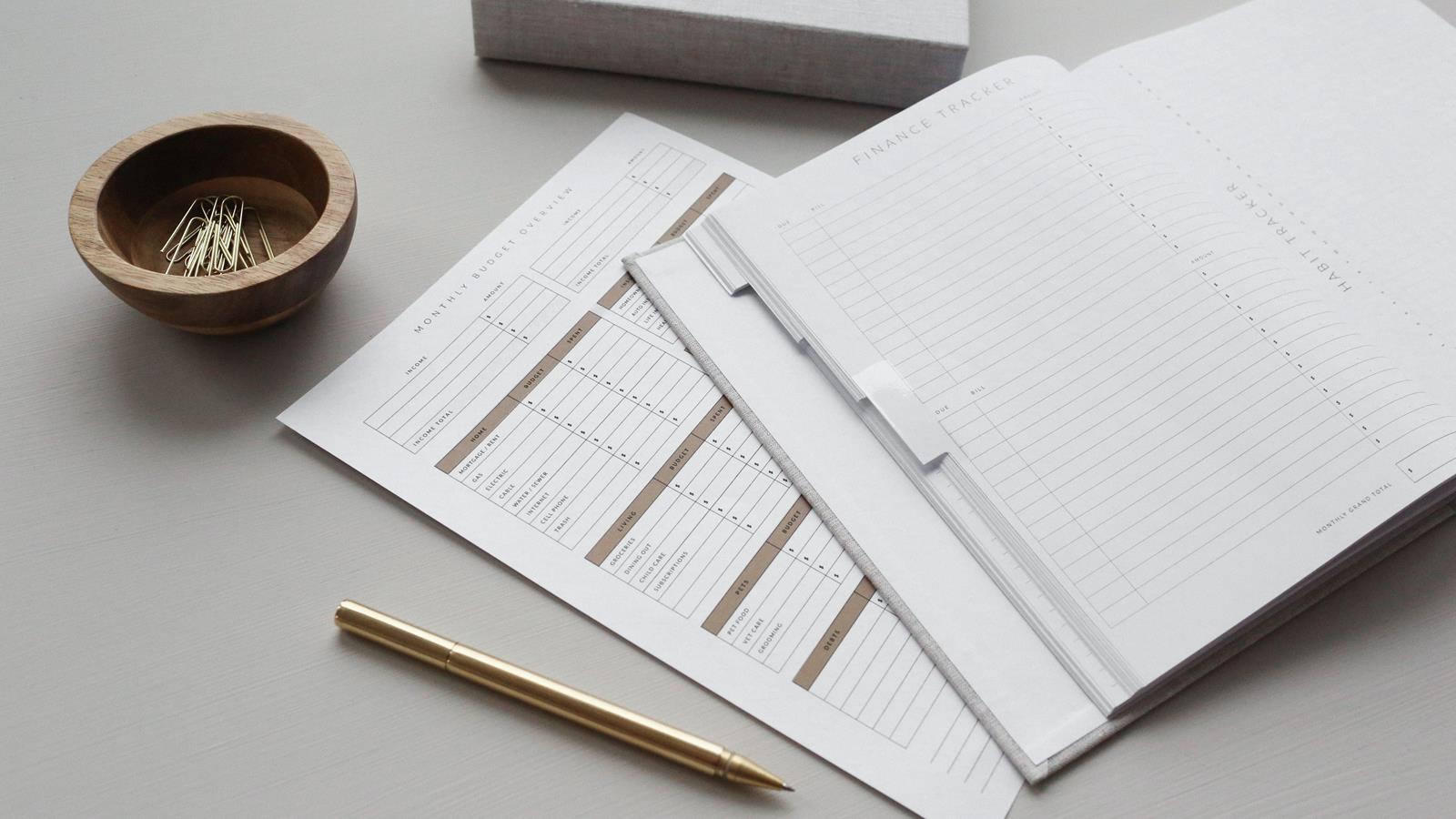If you’ve been dealing with a mortgage loan and have found that your budget doesn’t quite stretch at the present time, it might be time to consider some changes in how you approach your finances. One possibility is to apply for an amortization loan. Amortization is the procedure of gradually paying off a debt by adding a new, smaller monthly payment to an old, bigger one. Full Article: Amortization, in Mortgage Loan Financing, the gradual repayment of an outstanding debt; in addition, the methodical writing-off of some owed item over a specified period of years rather than a single large final payment.
Some businesses and professional services employ amortization as part of their finance models. In fact, many private investors practice amortization on their businesses and real estate, using the method of paying off their more-than-term debts with new, shorter-term ones. This method is a way of using retained cash to pay down the more-than-term debts. This is sometimes referred to as “deferment financing,” and is a critical element in capital financing.
Most mortgages and most home equity loans, both fixed and adjustable, use some form of amortization as a key part of their financing mix. Amortization is a fixed payment made periodically, with each installment equal in amount to the previous one. A mortgage is an agreement to provide financing for a residential building, land, buildings or personalty. Most mortgages are a combination of secured and unsecured loans. The most common form of amortization is a “bund,” where the interest rate on the primary loan is equal to the interest rate on the second loan, plus the amortization amount on the first loan. However, some mortgages use balloon payments to repay the amortization.
Balloon payments are used to reduce the principal balance on a loan. When the amortization hits the limits, more money from the monthly payment goes toward the principal. If the remaining principal is not sufficient to pay off the loan by the end of the amortization period, then the borrower is required to refinance, roll the debt over or take out a new loan. When the loan reaches the end of the term, the remaining balance is due. This type of arrangement is known as a “call option.”
A balloon payment occurs when the mortgage loan is repaid on a monthly basis for only a short period of time. For example, a balloon payment could be made on a thirty-year mortgage loan for two months and the amount repaid would be equal to the amount on the line after the two months. This type of arrangement is most often found in commercial real estate loans.
Another common finance type is an interest only or a fixed rate amortization. With an interest only amortization payments are paid each month until the entire loan amount has been repaid. Interest only payments are subject to changing interest rates and a cap is put on how much interest can be charged. The advantage is that there is no risk for the borrower with this finance type. A drawback, however, is that payments will usually be higher than if the borrower had chosen to pay the entire amount at the rate of inflation.
With a fixed monthly payment, a borrower makes one lump sum payment every month for a designated number of years. The benefit is that the payment amount is not affected by changing interest rates or increasing or decreasing the amount of time until the amortization expires. The disadvantage is that the payment may not reach the necessary amount or it may not be large enough to purchase a home. A mortgage loan with a 30-year amortization is a great way to purchase a home in today’s market, but it is also possible for the borrower to extend the term if he or she intends to stay in the home for longer periods of time.
One type of finance used to help borrowers cope with short-term cash flow problems is a cash balloon payment. When a borrower receives a loan modification or equity loan with a term that is greater than the expected life of the loan, a balloon payment is made to ensure the loan principal is repaid in full over the course of the extended period. A borrower receives a balloon payment when the amortization hits the maximum term. Once the amortization is beyond the maximum term, the payment is decreased by the amount of the balloon payment plus a percentage. Although this arrangement does not help the borrower’s long-term financial situation, it often allows a borrower to purchase a home more quickly than otherwise possible.





